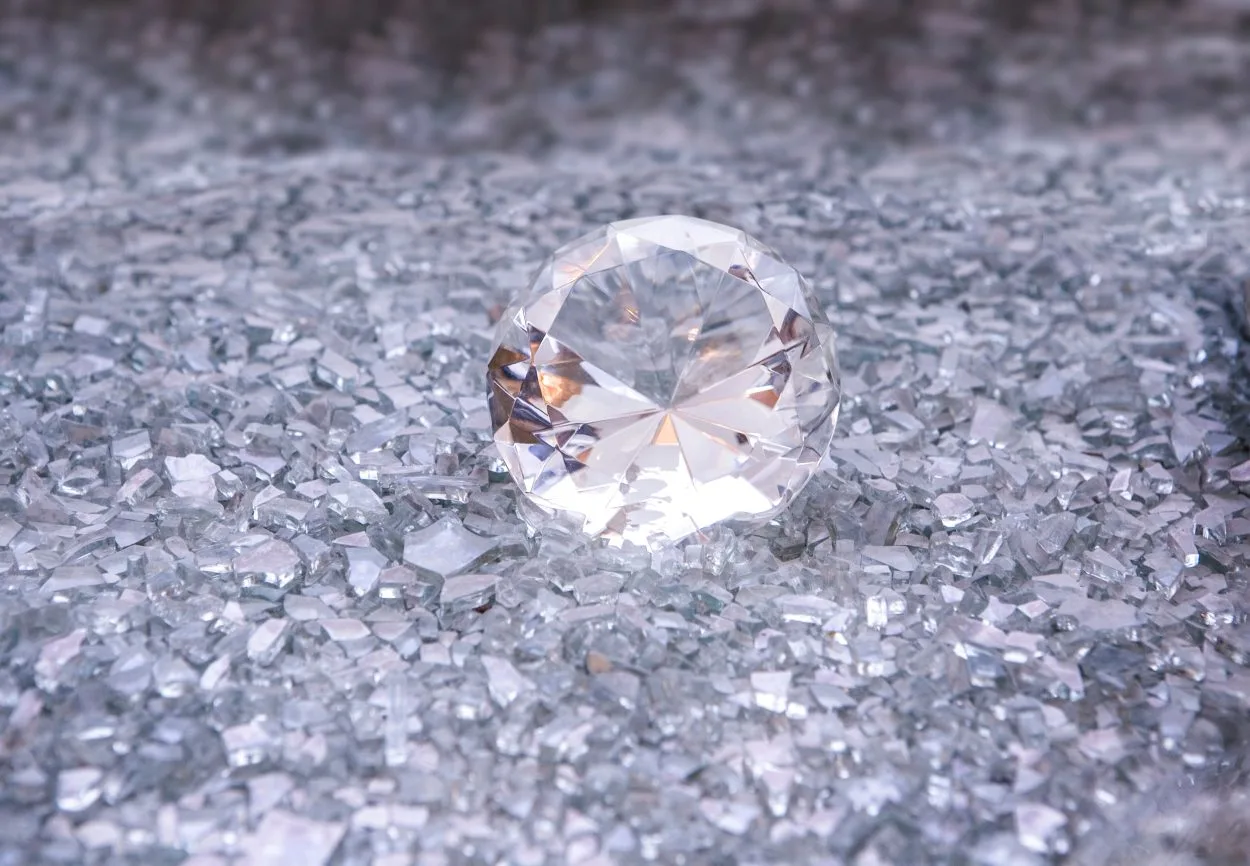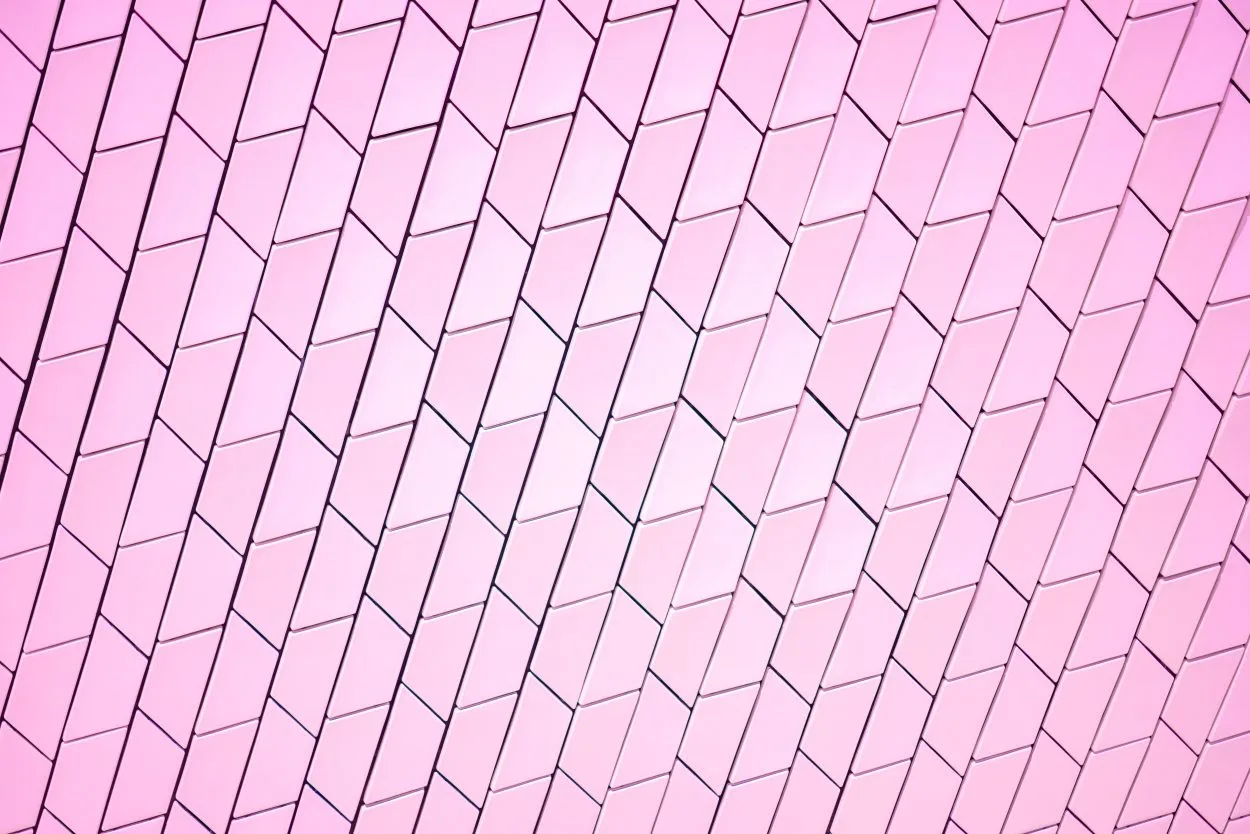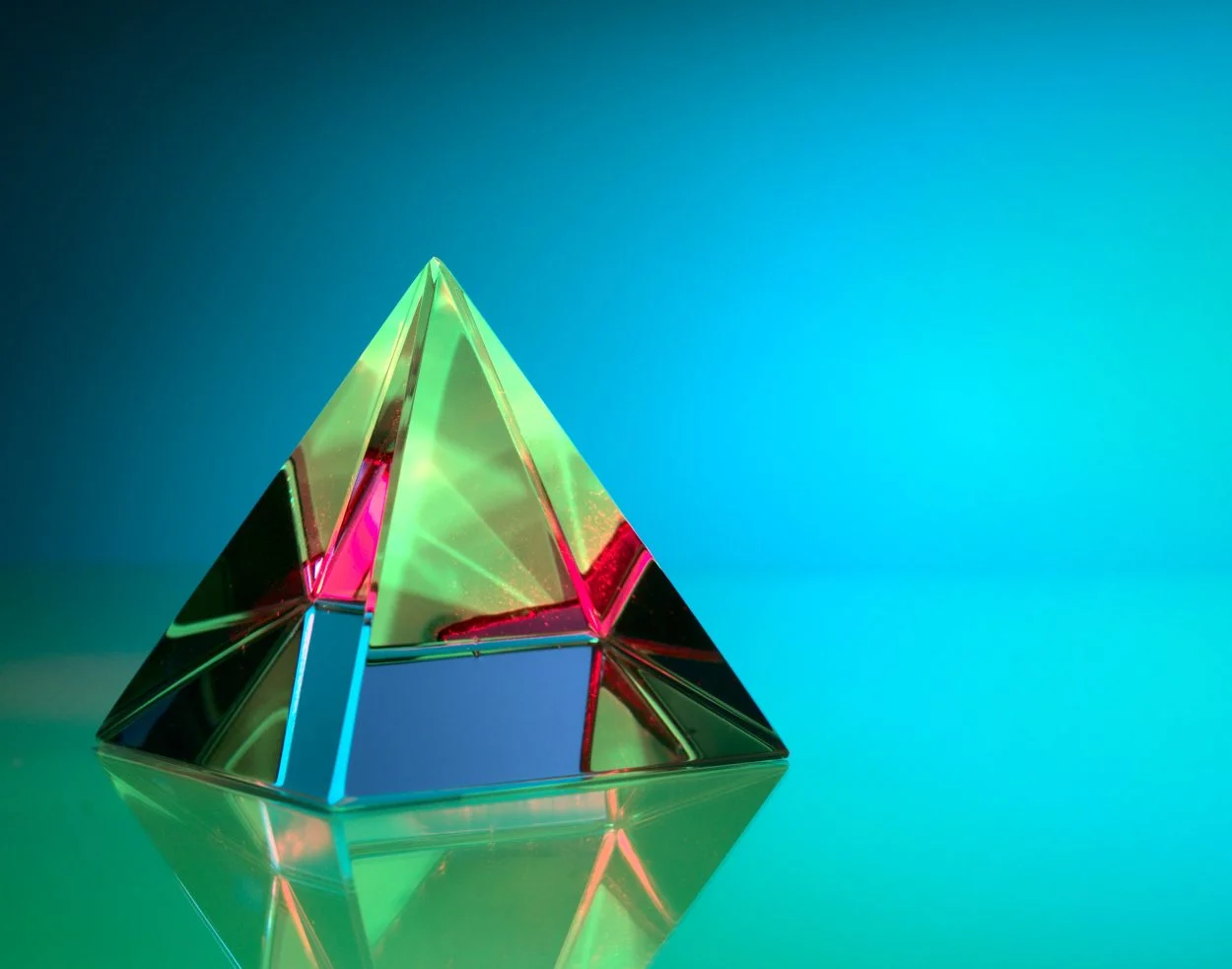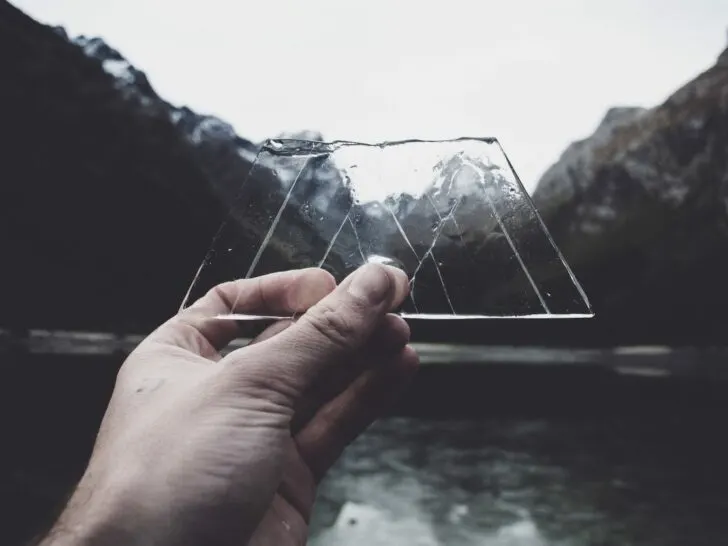Every peculiar shape has its own name and importance in different areas of mathematics. There are shapes that have two dimensions, there are shapes that have three dimensions, and there are shapes that have only one dimension. In Mathematics, the shapes are the figures that show the shape of the objects that we see, these geometric shapes contain boundary lines, surfaces, and angles.
Shapes are also known for their regularity and uniformity, a shape like a square or a circle is a regular shape because they are symmetrical. The shape of a leaf or tree would be in an irregular shape category and thus asymmetrical.
There are two categories in geometry, plane and solid. Plane geometry contains two-dimensional shapes, these shapes are flat shapes and are of closed figures, for instance, a square or rhombus. Solid geometry has three-dimensional shapes like cones or spheres. The three-dimensional shapes can be seen in everyday life, traffic cone is one example as the cones have a conical shape.
Here is a list of some of the two-dimensional shapes and three-dimensional shapes.
Shapes With Two Dimensions
- Circle.
- Square.
- Rhombus.
- Triangle.
- Trapezium.
Shapes With Three Dimensions
- Cube.
- Cone.
- Cuboid.
- Cylinder.
- Sphere.
Trapezoid and Rhombus fall under the category of two-dimensional shapes. Trapezoid which is also known as Trapezium has a two-dimensional shape, it has only two parallel sides which are mostly the bottom and the top. Rhombus is also a 2D shape whose every side is equal and it has two parallel sides which are why it is considered a special parallelogram.
A table of differences between trapezoid and rhombus.
| Trapezoid | Rhombus |
| An isosceles trapezoid can be inscribed in a circle. | A rhombus can’t be inscribed inside a circle. |
| The diagonals of the trapezoid don’t bisect the angles. | The diagonals of a rhombus bisect the angles. |
| In a trapezoid, the diagonals don’t make a right-angled triangle. | In a rhombus, the diagonals form 4 congruent right-angled triangles. |
| The isosceles trapezoid has two diagonals that are equal. | Rhombus doesn’t have equal diagonals unless it’s a square. |
| Two pairs of adjacent angles are acute and obtuse in an isosceles trapezoid. | Four pairs of adjacent angles are supplementary in a rhombus. |
| A trapezoid has only one parallel side. | A rhombus has two parallel sides. |
Keep reading to know more.
How are Trapezoids and Rhombus similar?
Trapezoid and Rhombus are two different shapes but come in the same category which is the two-dimensional shape category.
One of the most noticeable similarities is that the trapezoid and rhombus both have four sides, although trapezoid sides are all unequal and all sides of a rhombus are equal. It is said that a trapezoid can be a rhombus if all four sides of it are equal in length.

There aren’t many similarities between Trapezoid and Rhombus, but here is a list of the ones they do have.
- Trapezoid and Rhombus both are convex quadrilaterals.
- They both contain 4 sides.
- They both have 4 angles.
- The sum of exterior angles they have is 360 degrees.
- The sum of interior angles they have is also 360 degrees.
- Both are two-dimensional shapes.
Is trapezoid also a rhombus?
A trapezoid can form a few shapes, but can it be a rhombus? A rhombus is a shape with four sides that are equal in length and a rhombus somewhat looks like a diamond.
Trapezoid can be a rhombus if all the sides of it are equal which is quite rare in the trapezoid.
A trapezoid has three types which are called, right, isosceles and scalene. All these three types are different:
- Right trapezoid: These trapezoids contain a pair of right angles.
- Isosceles trapezoid: Non-parallel sides have the same length in these trapezoids.
- Scalene trapezoid: These have four sides and are all of an unequal length.
Have a look at the video to understand how a trapezoid and rhombus can be each other.
Trapezoid and rhombus are different and demonstrate different objects. If you think about it, a rhombus can be a trapezoid and a trapezoid can be a rhombus because they can both be a square. Well, it is no surprise, because a rhombus is a special case of a trapezoid.
Are all rhombus diamonds?
A rhombus is a two-dimensional shape with four sides that are straight and equal in length. The two pairs of sides of a rhombus are parallel, because of this, it is considered a special parallelogram. A rhombus has four equal sides, so it resembles a diamond, you can also see this shape in playing cards that represent the suit of diamonds.

People call a rhombus a diamond because of its shape, every kid who draws a rhombus always remembers it as a diamond, also it is an easy name to remember. Nonetheless, a mathematician wouldn’t call a rhombus a diamond since they don’t consider it a shape.
What’s the difference between a trapezium and a trapezoid?
Trapezoid comes from the Greek word “trapeza” which means table and “-oeides” meaning shape, same goes for trapezium. They both have four sides and are polygons and have one parallel side. Trapezoid and Trapezium are both the same but are called trapezoid in some regions and somewhere they are called trapezium.
In English outside of North America in Euclidean geometry, a convex quadrilateral with four sides and one parallel side is called a Trapezium. In Canadian and American English it is mostly called a Trapezoid.

To Conclude
There are many shapes in mathematics and all of them have mostly different aspects. Every shape is used to demonstrate the objects that we can see in everyday life. There are shapes with two dimensions, three dimensions, and one dimension, all shapes show different objects. As the dimensions get to three it gets complex, but it gets easy to identify with practice.
Shapes with two dimensions are not as complex as three-dimensional ones, circle and square are two-dimensional shapes, cube and cone are three-dimensional. Trapezoid and Rhombus are also two-dimensional shapes, there is a huge difference between these two.
A trapezoid has four sides that are all unequal and only one parallel side, whereas a rhombus also has four sides, but all are equal and it has two parallel sides. A trapezoid has three types which are, right is a type that contains a pair of right angles, isosceles trapezoids have non-parallel sides that are of the same length, and scalene is the one that has four sides and are all of an unequal length.
Trapezoid and Rhombus are different shapes but a trapezoid can be a rhombus when all the sides of it are equal in length. There aren’t many similarities as much as dissimilarities between these two shapes. The diagonals of trapezoids don’t bisect the angles unlike the diagonals of a rhombus, another difference is that an isosceles trapezoid can be inscribed in a circle, but a rhombus can’t.

People think trapezium and trapezoid are two different shapes, but it isn’t true, because they are the same shapes but are just called different in different regions. Outside North America, it is called a trapezium, but in American and Canadian English, it is called a trapezoid.
The similarities between a trapezoid and rhombus are quite noticeable, both are convex quadrilaterals, have four sides and angles, the sum of exterior and interior for both is 360 degrees, and last but not the least, both are two-dimensional shapes.
Other Articles
- DIFFERENCE BETWEEN LEFT JOIN AND LEFT OUTER JOIN IN SQL
- WHAT IS DELTA S IN CHEMISTRY? (DELTA H VS. DELTA S)
- THE DIFFERENCE BETWEEN 2ΠR AND ΠR^2
- DIFFERENCE BETWEEN THE FORMULA V=ED AND V=W/Q
Click here to view the web story about the trapezoid and rhombus.

